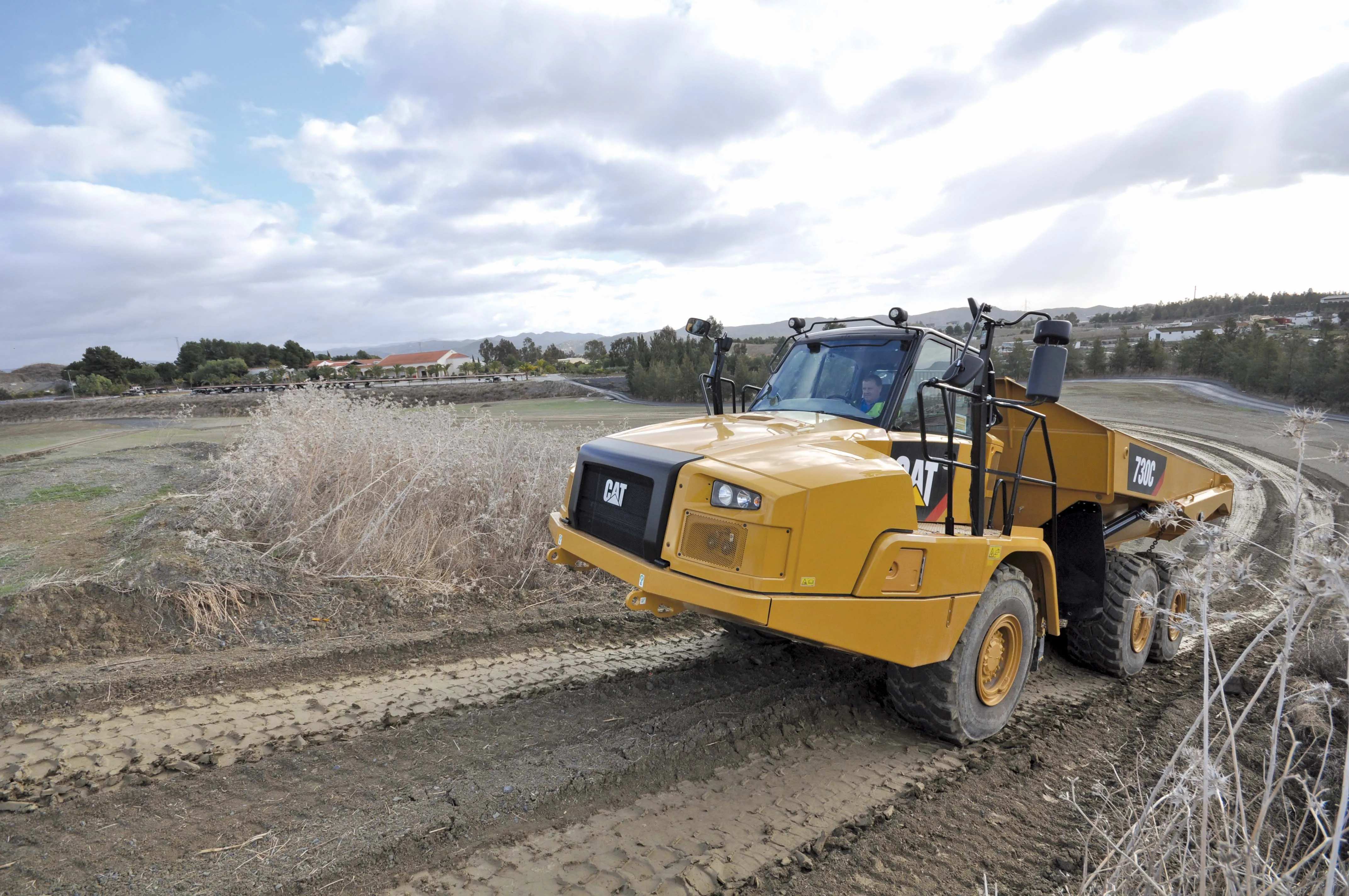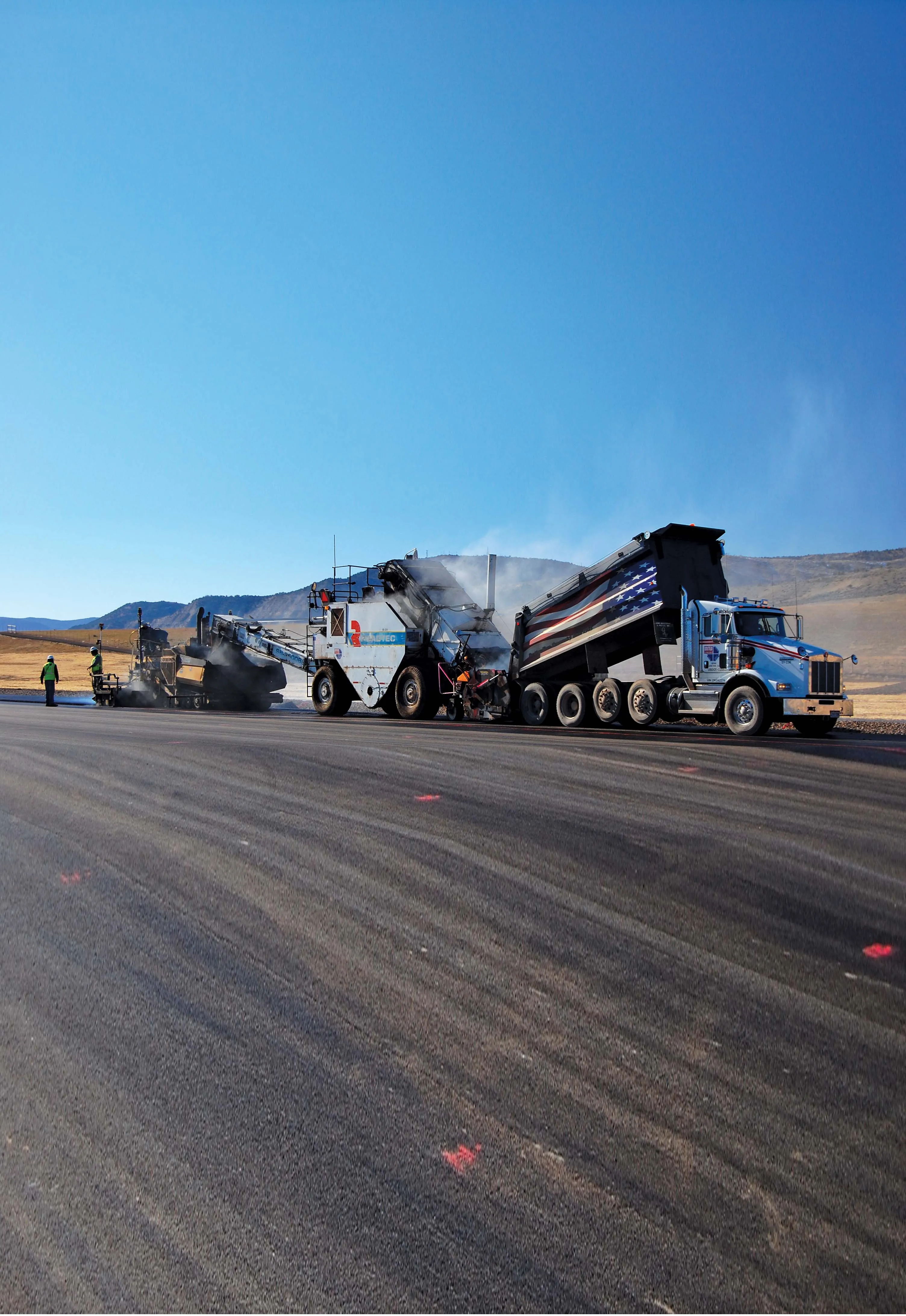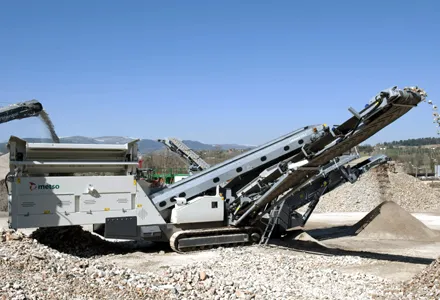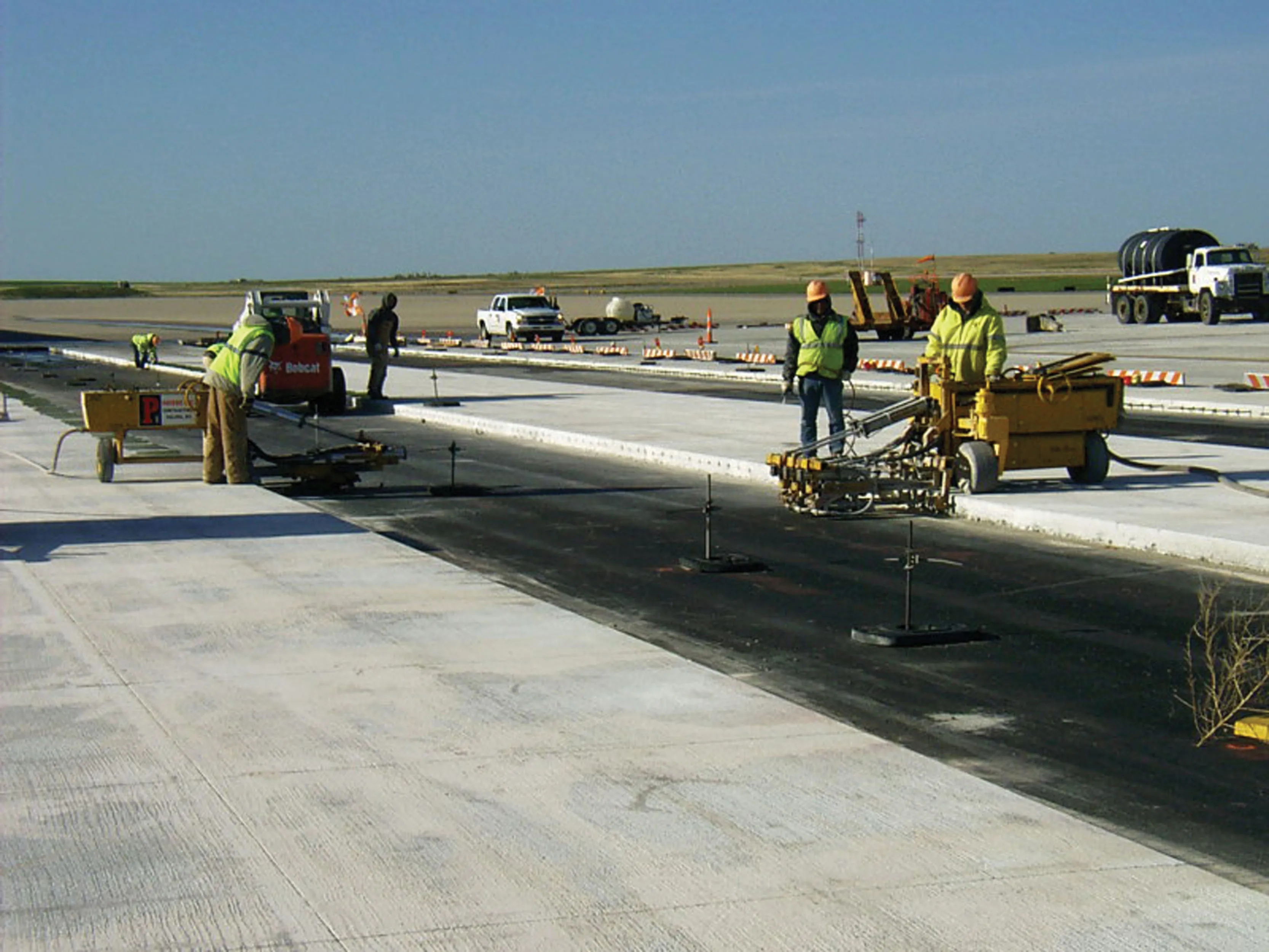Caterpillar is increasing its range of surface drilling products with the new MD5150C Track Drill, unveiled this week at Conexpo 2014. As the first of the company’s C Series drills, the MD5150C comes with a choice of three different rock drills and is said to deliver class-leading power and high airflow rates for the fast, efficient drilling of holes from 101.6mm to 152mm in diameter.
March 3, 2014
Read time: 2 mins
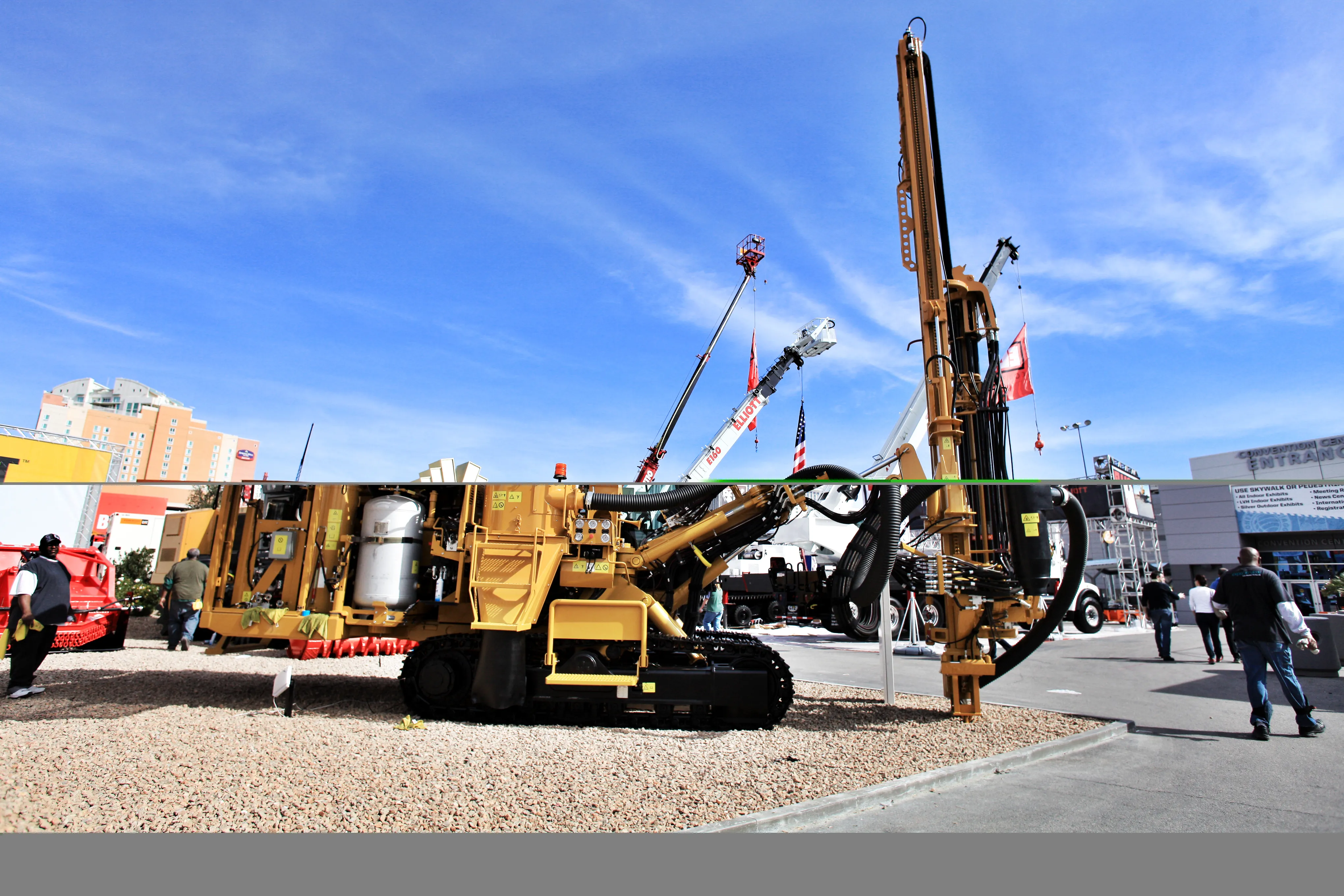
Compared to the MD5125, which replaces the MD5150C, the new drill has 18% more power, and a compressor that can deliver 33% more air volume and 40% more air pressure than its predecessor. It also offers 19% faster tram speed and 40% more ground clearance.
With less than half as many moving parts as peer rock drills, CAT says that the MD5150C has a simple, reliable design that offers dependable performance and exceptional durability. The firm claims to be the only manufacturer offering rock drills designed to be serviced on site— a move designed to reduce downtime and control operating costs.
Three different rock drill choices enable users to match the selection to the application and achieve the high production rates. The standard rock drill on the MD5150C is the HPR5128, which uses a 51mm drill steel. Also available are the HPR6832 Rock Drill, which can use 68mm speed rod, and the HPR6030 designed for 60mm drill steel.
The MD5150C, says CAT, delivers exceptional power and airflow for faster, more efficient drilling in hard rock applications. Its CAT C11 engine is rated at 287kW at 1,800rpm and the whole unit has been designed for to give high performance and fuel efficiency results. The engine also meets US Tier 3 and EU Stage IIIA emissions standards.
To improve productivity, the machine is equipped with a smart drill monitoring system that tracks changes in rock formation and automatically adjusts impact and feed pressure based on the hardness of the rock being drilled.
www.cat.com


